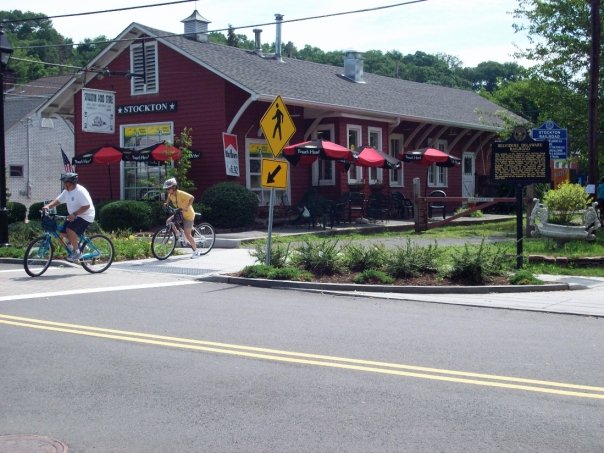New Jersey Future Blog
Urbanization Continues to Overrun Borders
June 22nd, 2002 by Tim Evans
- 94.4 percent of New Jerseyans live in an urban area, as defined by the Census Bureau, tying for first place with California. This is an increase of 5 percentage points from 1990.
- 83.4 percent of New Jerseyans, approximately 7 million people, live in the New Jersey portions of the New York/Newark and Philadelphia urban areas.
- There are hundreds of local governments within these areas, each competing for tax ratables to pay for education and local services, each able to make land use decisions that impact the region without consulting the neighboring jurisdictions.
- 13 percent of New Jersey’s municipalities (75 of 566) are smaller than a square mile; 29 percent are smaller than two square miles.
Regaining Sovereignty In An Urban State
We live both in neighborhoods and regions. Neighborhoods vary in size determined by where we buy our newspapers, milk and pizza; where our children go to school; where we encounter people we know in informal settings. Many neighborhoods are larger than a municipality, which can be as small as .1 square mile (East Newark and Shrewsbury Township). Beyond our neighborhood, we work, shop and play in a region. Our personal region is defined by our desires and our ability to move about. There is almost certainly no governmental structure or planning agency that corresponds to our region, or our neighborhood.
In contrast, we vote based on a government structure whose lines were largely drawn 200+ years ago. Municipal, county or even state boundaries mean very little in the way we live our lives today, except when we pay taxes. Traffic and pollution do not recognize political boundaries. Our quality of life is likely to be as influenced for good or ill by the decisions made in a neighboring town as in our own.
Few people, if any, truly benefit by the current system, yet resistance to change is high. The origins of our current system are from a time when municipalities could have sovereignty over their own territory; urbanization had not overrun borders. Today, to regain power, each municipality has to give up a little of the power it once exercised but now holds only on paper.
Elements of this new system should include: municipal consistency with the goals, policies and strategies of the State Development and Redevelopment Plan; a requirement for each municipality to examine its master plan and zoning ordinances to determine “build-out,” and a regional planning system. In addition, municipalities need new tools, such as transfer of development rights, to enable them to achieve the vision of their refined master plans.
















